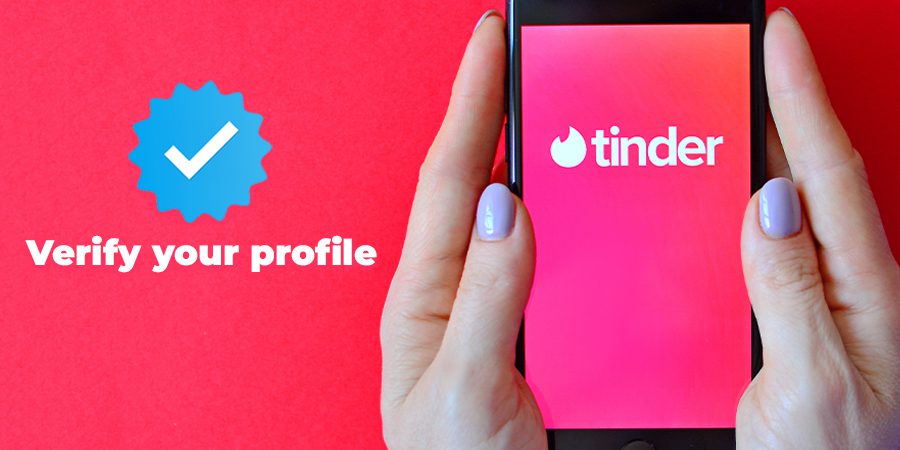In this article, we’ll look at the reasons behind the introduction of video selfie verification in Tinder’s platform, as well as the added features aiming to enhance trust and authenticity among users.
Key Takeaways:
- Tinder now requires video selfies for Photo Verification.
- The update aims to increase safety and trust within the app.
- Users can choose to chat only with Photo Verified members.
- Tinder Gold subscribers can filter their “Likes” for Photo Verified members only.
- The new verification process helps prevent bots and catfishers from thriving on the platform.
Strengthening Verification with Video Selfies
Tinder has always been committed to providing a secure environment for its users.
As part of this mission, the company has revamped its Photo Verification feature to include video selfies, rather than relying solely on static photos.
This move is aimed at strengthening the verification process, ensuring that users are who they claim to be and not bots or catfishers.
The new process involves users taking a video selfie, which is then matched with their profile photo.
This “liveness” check is a more robust method of verifying users’ identities, as it is much more challenging to fake a video than a photograph.
This update is also timely, given the increasing sophistication of AI tools that can generate fake images and personas, potentially flooding dating apps with bots.
Enhanced Trust and Safety for Tinder Users
The primary goal of the video selfie verification is to foster greater trust and safety among Tinder users.
By implementing a stronger verification process, users can be more confident that their potential matches are genuine and not bots or catfishers.
Tinder claims that Photo Verification has a proven track record of increasing matches on the platform, as users feel more reassured about the authenticity of their potential connections.
For example, among Tinder’s 18- to 25-year-old users, being Photo Verified results in a 10% higher chance of matching with others.
This added level of trust and security will significantly contribute to a safer and more enjoyable online dating experience for all Tinder users.
How the Video Selfie Verification Works
To perform video selfie verification, users will first need to complete a series of video prompts.
The AI then uses these prompts to match the person in the video with the profile photo the user wishes to verify.
The technology involved in the process includes matching a 3D mapping of the user’s facial geometry to their still photo.
Tinder has collaborated with an external service provider to handle the verification of video selfies.
While the company has not disclosed the name of the vendor, the collaboration ensures that the verification is handled securely and efficiently.
Additional Features for Better Authenticity
Tinder is planning to introduce more ways for users to confirm their identity.
These new features will enable users to communicate only with other members who have verified their profile with a photo.
Users can choose to receive messages solely from Photo Verified members by selecting “Photo Verified Chat” in their Message Settings.
Furthermore, users will have the option to request matches to verify their photos before they can send a message.
Tinder Gold subscribers will also benefit from this update, as they will be able to filter their “Likes” page for Photo Verified members only.
These added features demonstrate Tinder’s commitment to fostering genuine connections and providing a secure environment for its users.
Rollout Timeline for the New Verification Process
The new Photo Verification feature, which uses video selfies, will roll out to Tinder’s global users starting today.
The ability to restrict messages to “Photo Verified Members” only will be introduced in the coming months, according to Tinder.
Existing Photo Verified users will receive prompts in the app to upgrade to the latest version of Photo Verification if they want to keep their blue checkmarks.
This ensures that all verified members go through the more robust video selfie feature, and it also addresses the issue of outdated photos from lapsed Tinder users.
Conclusion
The introduction of video selfie verification on Tinder is a testament to the company’s dedication to improving trust and safety on the platform.
With these new features and strengthened verification process, users can be more confident in the authenticity of their matches, leading to a more enjoyable and secure online dating experience.
The move towards video selfie verification, along with options for users to restrict chats to Photo Verified members, highlights Tinder’s commitment to addressing issues related to bots, catfishers, and fake profiles.
As the online dating landscape continues to evolve, Tinder’s proactive measures in enhancing user trust and safety are essential steps to ensure genuine connections and a satisfying user experience.
As users continue to navigate the world of online dating, it is crucial for platforms like Tinder to keep innovating and implementing measures that prioritize user safety and authenticity.
The introduction of video selfie verification and additional features for better authenticity demonstrate Tinder’s dedication to providing a secure and enjoyable environment for its users, ultimately fostering more meaningful and genuine connections.
 Sections of this topic
Sections of this topic
















